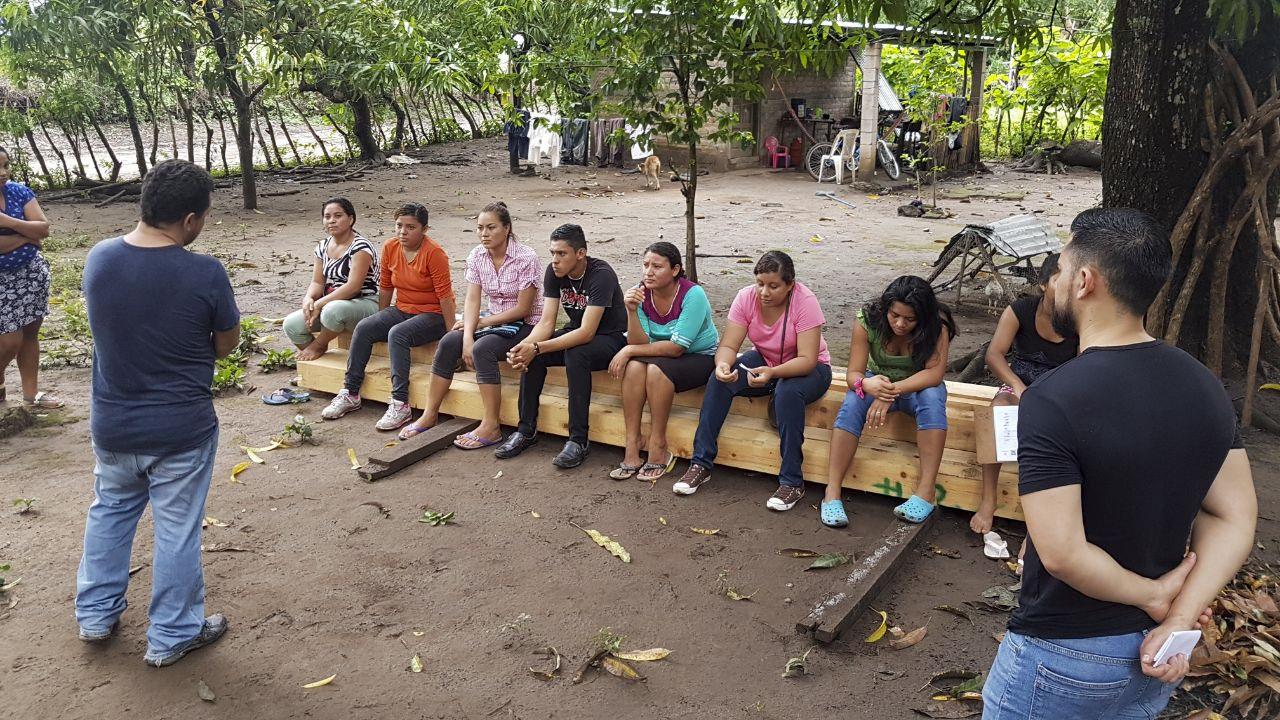Strategic aim 2:
Resilience for peace


Interpeace’s flagship guidance note on resilience, A Framework for Assessing Resilience for Peace, defines resilience as “the diverse endogenous attributes, capacities, resources and responses, that potentially enable individuals, communities, institutions and societies to deal peacefully with the impact of past conflict and violence, as well as to prevent new and emerging patterns of conflict and violence.” This definition has continued to guide Interpeace. Through tracking, measurement and learning, Interpeace is gaining in understanding how resilience for peace can be further enhanced so as to better support those communities and societies in which it works.
A total of 2 452 158 people were reached by project activities in 2023. Approximately 32% of participants were women and 43% were young people (the age cut-off for “young” varies by context). This includes reach through dialogues, training, media campaigns and collective action activities.

Interpeace activity reach in 2023
Individual resilience and change agency
Interpeace’s strategy envisages the organisation establishing and expanding networks of in-country change agents who are capacitated to build and sustain conflict prevention and resolution as well as social cohesion in their local communities. Through Interpeace’s experience in Burundi, Rwanda and elsewhere, and illuminated by Interpeace’s Attention à la paix report, psychosocial well-being can serve as an enabling factor for people to regain a sense of hope, feel empowered to make positive change in their lives and actively participate socially, civically and economically in their communities. Yet, well-being alone is not sufficient for individuals to be agents of change in their communities. Skills building through training and accompaniment and other types of technical and financial support are necessary.
To support people to become agents of change, in 2023, Interpeace delivered:
Number of people trained by topic
Community safety, cohesion and inclusion
Community safety, cohesion and inclusion are intrinsically linked aspects of resilience building, and community structures are fundamental to advancing them in enduring ways. In 2023, Interpeace supported 169 peace structures through 15 programmes. Some 76% of the supported infrastructures were at local level, 20% at national level, 2% at cross-border/regional level, and 2% at international level.
Levels of peace infraestructure supported
Community structures are key entry points to engaging communities in dialogues to non-violently and non-coercively resolve conflict. A total of 456 dialogue activities conducted in 2023 reached 15 888 people. Some 26% of the dialogue participants were adult women and 29% were young people.
Dialogue activities
Conflicts addressed per country
While community structures serve as infrastructure for peace, Interpeace has also supported other actors, such as training mediators, local authorities, higher-level state actors, religious leaders and others, in their efforts to manage and transform conflicts. A primary entry point is through training on conflict transformation methodologies such as conflict analysis and dialogue facilitation. In total, 3 417 people were trained in such methodologies in 2023.
These actors addressed a total of 495 conflicts.
In 2023, 42% of conflicts were addressed by mediators trained by Interpeace, compared to 13% of conflicts in 2022. This demonstrates Interpeace’s recognition of the importance of developing localised capacity and of working in that direction, so that local conflicts can be more effectively managed.
These significant changes in security required close co-ordination and collaboration with both community actors and security institutions. In each of these contexts, Interpeace has either a formal or informal relationship with security actors. This co-ordination is part of Interpeace’s efforts to render the actions of national institutions more peace responsive (further information below) and to enhance the trustworthiness of national institutions and, consequently, trust between these institutions and populations.